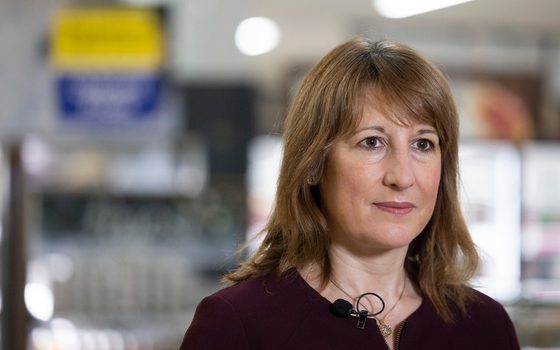Best interest at heart
The cost of public debt is lower than it's been for pretty much three centuries – not that you'd know it from the media coverage.
25 February 2022
The latest government borrowing figures are out, and with it the predictable misconceptions that tend to dominate headlines: that we should be panicking about the scale and cost of our national debt. The interest the government pays on national debt has increased, but relative to the size of the economy or tax intake, interest payments have not surpassed their 2018 levels (see charts below). In fact, even though government borrowing is at levels not seen since the 1960s, and inflation has risen at its fastest pace in 30 years, the cost of paying back government debt is still relatively lower than it has been for the last three odd centuries.
The pandemic forced the government to come to the aid of businesses and households, and the additional funding needed for these programmes, alongside shrunken tax revenues and a decline in economic output due to the crisis, meant the government borrowed 15.0% of UK gross domestic product (GDP) in 2020/21. This is a third more than when the 2008 global financial crisis struck, and the highest since the end of the second world war. Overall, this borrowing has helped push the total stock of government net debt to 94.9% of GDP, a level last seen in the early 1960s.
The Office for National Statistics (ONS) has reported that the amount the government paid in interest was £6.1bn in January 2022, the highest January amount since records began in 1997, and, over the past few months, the media has increasingly covered the amount of interest the government is paying. It’s great to see the media paying more attention to interest payments because these can be more important than borrowing or debt figures themselves.
For many years, interest payments have been at record lows, which is why world-leading economists have encouraged the government to borrow more to invest in the economy – and just two weeks ago a former Conservative treasury minister added his name to the list. Unfortunately, finding a headline that reported record low borrowing costs is as about as rare as finding a hen with teeth. Now, rising inflation and a slight increase in interest rates have cast more attention onto interest payments.
While rising interest payments should not be taken lightly, there are a number of reasons why we don’t need to blow a gasket. There is still plenty of space to borrow to pay for much needed investment in things like cutting dangerous carbon emissions, a social security system that supports everyone who needs it, and ‘levelling up’ held-back areas of the country.
In and of themselves, on a month-by-month basis and in pound terms – what economists refer to as ‘nominal values’ – the £6.1bn interest payment figures may appear relatively high. This is the crux of the problem – nominal terms refer to a value that has not been adjusted to factor in things like inflation, the size of the economy, and other important macroeconomic conditions. Nominal figures – especially in regards to interest payments – don’t really tell us that much and can be highly misleading if taken at face value.
If we really want a more holistic and precise understanding of the affordability of the government’s debt servicing costs, we should look at interest payments relative to the size of the economy or the tax intake of the government. Moreover, we need to factor in that the Bank of England’s Asset Purchase Facility (APF) holds almost a third of the government’s debt. So, in a roundabout way, about one third of all interest payments is paid from the Treasury to the Bank. But because the Treasury owns the Bank, the profits of the Bank are recycled back to Treasury and the government’s debt servicing costs are considerably lowered.
Figure 1 shows that, despite a significant increase in debt and borrowing, government debt servicing costs are still lower than in 2018 and in virtually all years since the second world war. Despite inflation and higher interest rates, debt servicing costs as a proportion of the size of the economy and tax take will still be about two times smaller than at the beginning of 1980.
Figure 1: Debt servicing costs still extremely low by historical standards despite recent uptick in interest payments
Given the media’s focus on government debt setting new records, it is worth noting that while debt in 2020/21 was at its highest level since the second world war, interest payments as proportion of the tax intake were at their lowest levels in 320 years – and still remain comparatively lower than the last three centuries (see Figure 2).
Figure 2: Debt interest as a share of revenues are comparatively lower than last 330 years
Rising interest payments and the recent increases in government borrowing and debt are important trends that should be monitored and not taken lightly. But when making judgement calls about spending and investment, it’s important that all risks are considered — not just those related to public finances. With a cost of living crisis on our hands alongside the government’s failure to invest enough in cutting our emissions, it’s hard to think of a more vital time to better understand the state of our public finances.
Image: Number 10 (CC BY-NC-ND 2.0)
Topics Macroeconomics Public services






